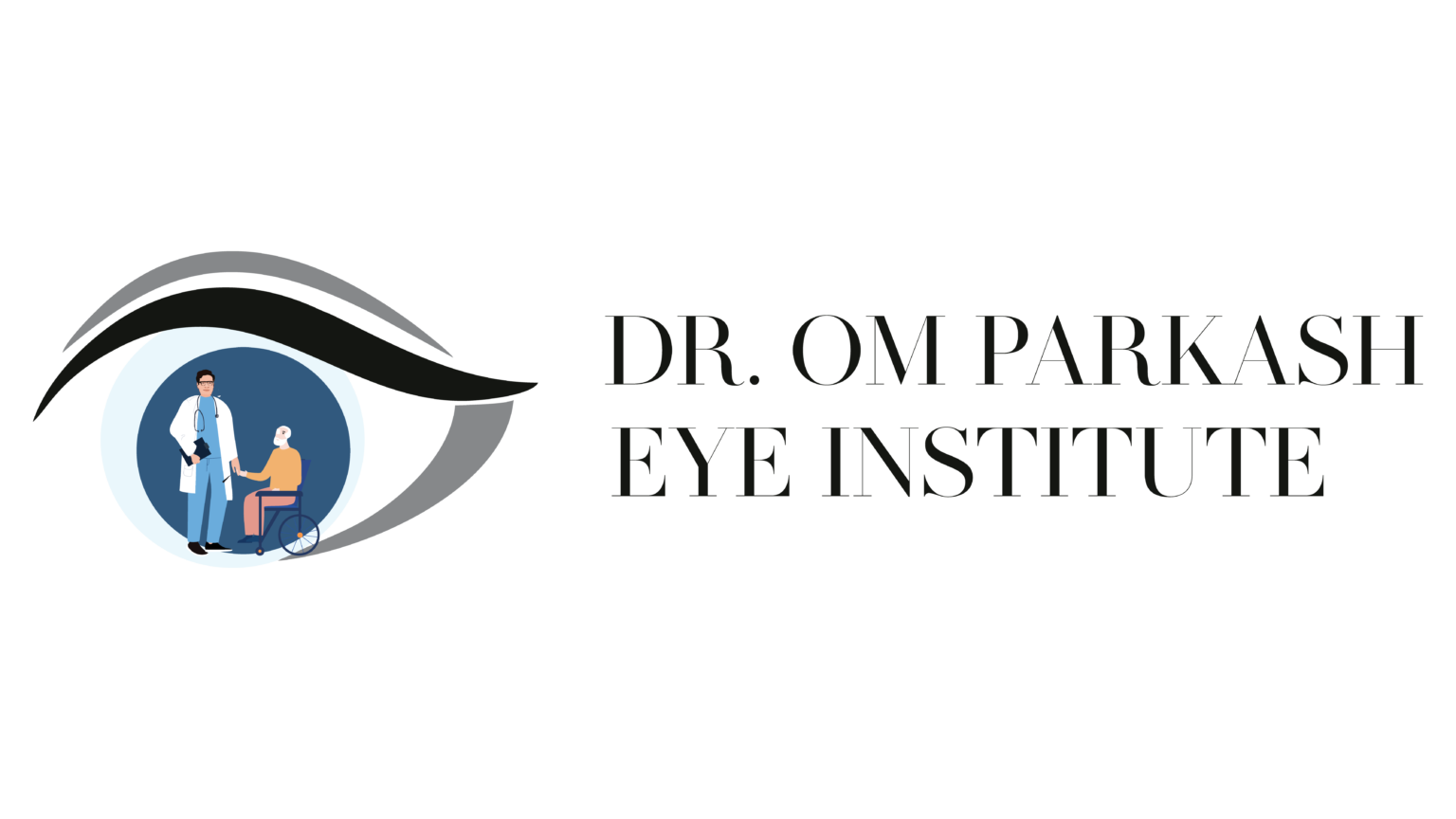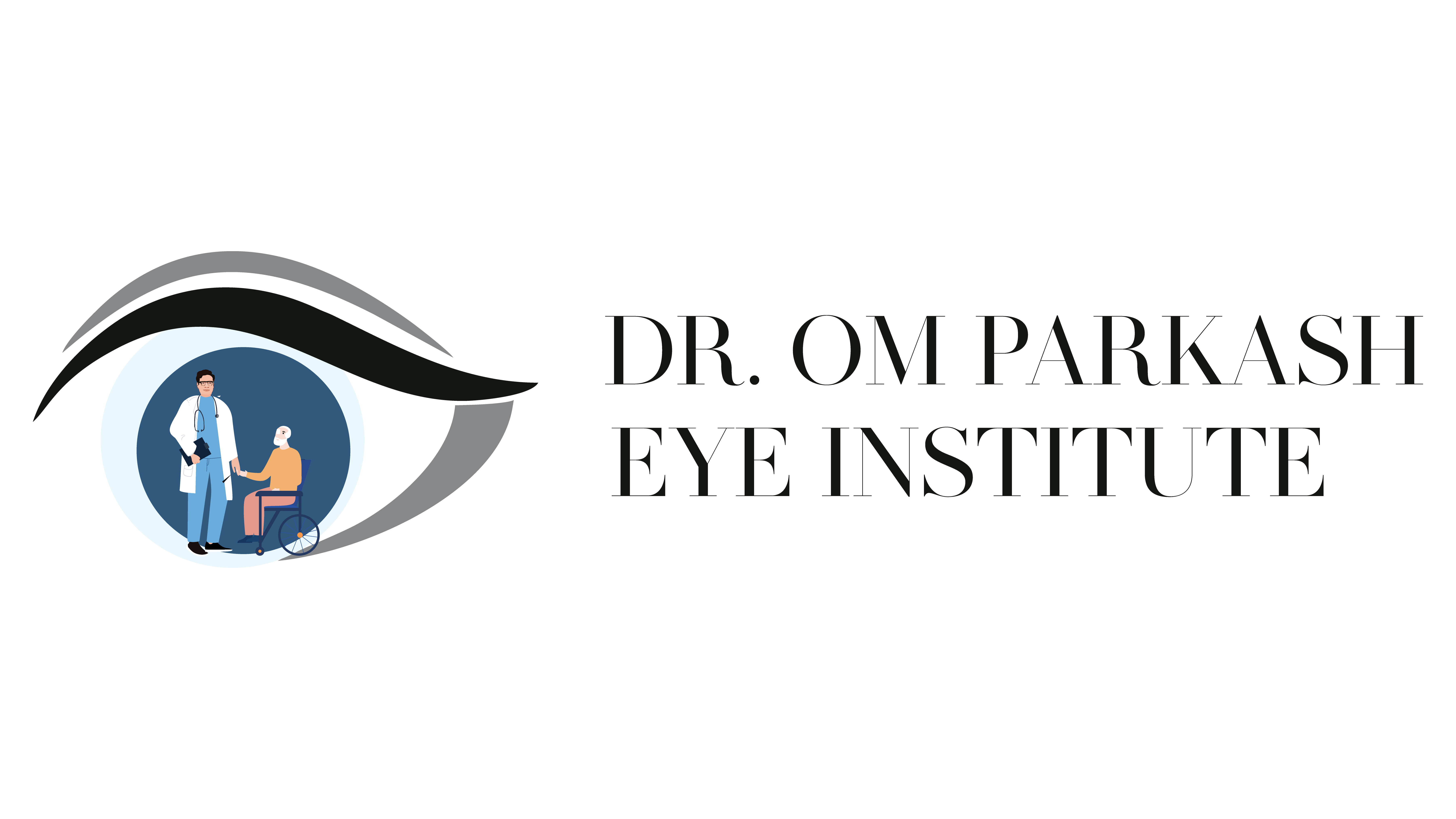Glaucoma
Glaucoma
Understanding Glaucoma: Navigating Towards Vision Wellness at Dr. Om Parkash Eye Institute
Welcome to Dr. Om Parkash Eye Institute, where your vision is our priority. In this comprehensive guide, we explore the intricate landscape of glaucoma, a sight-threatening condition that demands attention, awareness, and expert care.
Defining Glaucoma:
Glaucoma is a group of eye conditions that damage the optic nerve, typically due to increased intraocular pressure (IOP). The optic nerve is crucial for transmitting visual information from the eye to the brain, and any damage can result in vision loss or blindness.
Types of Glaucoma:
Primary Open-Angle Glaucoma (POAG):
The most common form, POAG develops gradually, often without noticeable symptoms until advanced
Angle-Closure Glaucoma:
Occurs when the drainage angle of the eye narrows or closes, leading to a sudden increase in IOP. This can be acute or
Normal-Tension Glaucoma:
IOP remains within the normal range, yet optic nerve damage occurs. Other factors contribute to this type of
Secondary Glaucoma:
Results from other eye conditions or diseases, such as injury, inflammation, or advanced
Causes and Risk Factors:
Elevated Intraocular Pressure (IOP)
Increased pressure within the eye is a primary risk factor, but glaucoma can develop even with normal
Age:
The risk of glaucoma increases with age, especially after
Family History:
Genetic factors play a role, and individuals with a family history of glaucoma are at higher
Ethnicity:
Some ethnic groups, such as African Americans, have a higher predisposition to certain types of
Medical Conditions:
Conditions like diabetes, hypertension, and heart disease can increase the risk of
Symptoms and Detection:
Gradual Vision Loss:
Glaucoma often progresses without noticeable symptoms until significant vision loss
Peripheral Vision Impairment:
Peripheral (side) vision is typically affected first, leading to tunnel vision in advanced stages.
Halos and Blurred Vision:
Glaucoma can cause halos around lights and blurred vision.
Pain and Redness (Acute Angle-Closure Glaucoma):
Sudden onset of severe eye pain, headache, and redness may indicate an acute angle-closure attack.
Diagnosis:
Comprehensive Eye Examination:
Includes measuring IOP, assessing optic nerve health, and visual field testing.
Gonioscopy:
Examines the drainage angle of the eye.
Imaging Tests:
Optical coherence tomography (OCT) and visual field tests provide detailed images and functional
Treatment Options:
Medications:
Eye drops or oral medications to lower
Laser Therapy:
Procedures like selective laser trabeculoplasty (SLT) or laser peripheral
Surgical Intervention:
Trabeculectomy or implantation of drainage devices may be recommended in advanced cases.
Patient-Centric Approach at Dr. Om Parkash Eye Institute:
Early Detection Programs:
Regular eye check-ups are crucial, especially for individuals with risk
Personalized Treatment Plans:
Our experienced team tailors treatment to the specific needs of each patient.
Patient Education:
We empower patients with information about glaucoma, treatment options, and lifestyle
Ongoing Support:
Regular follow-ups ensure continued monitoring and adjustment of treatment plans as
At Dr. Om Parkash Eye Institute, we are dedicated to preserving your vision. Trust our expertise to guide you towards optimal eye health and a brighter future.
Frequently Asked Questions about Glaucoma
What is glaucoma, and how does it affect vision?
Glaucoma is a group of eye conditions that damage the optic nerve, leading to vision loss or blindness, often caused by increased intraocular pressure (IOP).
Are there different types of glaucoma, and how do they differ?
Yes, glaucoma includes various types such as primary open-angle glaucoma, angle-closure glaucoma, normal-tension glaucoma, and secondary glaucoma, each with distinct characteristics.
What causes glaucoma, and who is at risk?
Glaucoma can be caused by elevated IOP, aging, genetic factors, ethnicity, and certain medical conditions. Anyone can be at risk, but those with a family history, older age, or specific ethnic backgrounds are more susceptible.
Are there noticeable symptoms of glaucoma, and how is it detected?
Glaucoma often progresses without symptoms. Regular eye exams, including measuring IOP, optic nerve assessments, and visual field tests, are crucial for early detection.
Can glaucoma be prevented?
While prevention may not be guaranteed, early detection and timely treatment can help manage glaucoma effectively and slow its progression.
How is glaucoma treated?
Treatment options include medications (eye drops or oral), laser therapy (such as selective laser trabeculoplasty), and surgical interventions (trabeculectomy or drainage device implantation).
Do glaucoma medications have side effects?
Some medications may have side effects, and it’s essential to discuss any concerns with your eye care professional. Different medications may be prescribed to minimize side effects.
What lifestyle changes can help manage glaucoma?
Lifestyle changes such as regular exercise, a healthy diet, and avoiding smoking can contribute to overall eye health. However, they are not a substitute for medical treatment.
Can glaucoma be cured?
While there is no cure for glaucoma, early detection and appropriate treatment can effectively manage the condition, preventing further vision loss.
Is surgery the only option for advanced glaucoma?
Surgery is one option for advanced cases, but various treatments, including medications and laser therapy, are available to manage glaucoma at different stages.
How often should I have my eyes checked for glaucoma?
Regular eye check-ups, especially for those at risk, are recommended. The frequency may vary based on individual risk factors and the advice of your eye care professional.
Can glaucoma be hereditary?
Yes, genetic factors can contribute to an increased risk of glaucoma. Individuals with a family history should be particularly vigilant and undergo regular eye examinations.
Is vision loss from glaucoma reversible?
Unfortunately, vision loss due to glaucoma is generally irreversible. Early detection and treatment are critical for preserving existing vision.
Can glaucoma affect both eyes?
Yes, glaucoma can affect both eyes, but it may progress at different rates in each eye.
Is there an age limit for developing glaucoma?
While glaucoma is more common in older adults, it can develop at any age. Regular eye check-ups are important, regardless of age, to detect and manage glaucoma early.

